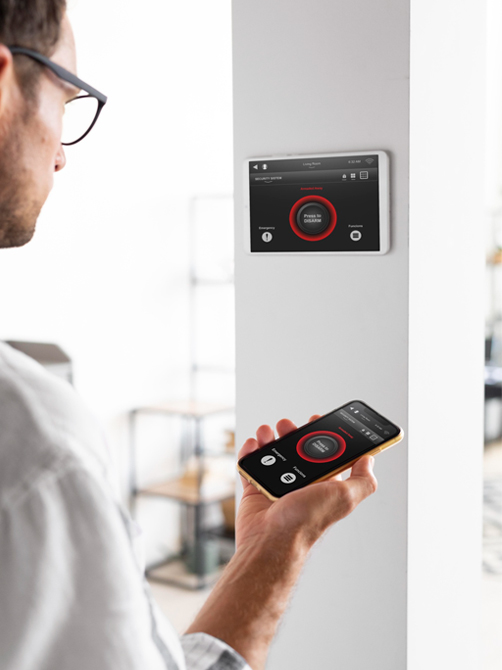
Utilities
Stepping into the future of Utilities Analytics
What does the utility of the future look like?
Data analytics has been a game-changer for the utilities industry.

According to a report by the World Economic Forum, the utilities sector is one of the most data-intensive industries, generating large amounts of data on a daily basis.
How we envision the future of utilities analytics
The future of utilities analytics will be driven by advances in technology, especially in data analytics, machine learning, and artificial intelligence. Smart grid technology is generating huge amounts of data, which can be analysed for insights into grid operations and customer behavior.
One area where utilities analytics is expected to have a significant impact is in the optimisation of grid operations. By analysing data from sensors and other sources, utilities can identify potential issues before they become problems, optimise energy generation and distribution, and improve overall grid efficiency.
Another area where utilities analytics is expected to have an impact is in customer engagement. By analysing customer data, utilities can gain insights into customer behavior, preferences, and needs, and use this information to develop targeted marketing campaigns, offer personalised products and services, and improve customer satisfaction.
Overall, the future of utilities analytics is likely to be shaped by the increasing availability of data, and the growing demand for more efficient and effective energy management
Data analytics is crucial for the utilities industry
It enables organisations to make data-driven decisions. There are enormous amounts of data generated, and from many sources, such as smart meters, sensors, customer billing systems, and other operational systems.
How we're leveraging our knowledge in the utilities sector
By using our data analytics methods and technology, we are able to provide our customers with the data insights they need to better manage their networks, optimise their operations, and improve the quality of their services.
The use of advanced analytics techniques will also become more prevalent in utilities management, enabling utilities to make more accurate predictions about energy demand, identify potential issues before they occur, and optimise their energy distribution and pricing strategies.
Utilities Analytics Case Study
A UK government-led initiative launched in 2011, aimed at replacing traditional gas and electricity meters with smart meters in every home and small business in England, Wales and Scotland by 2020. The program was overseen by the Department of Energy and Climate Change (DECC) and the energy regulator OFGEM. Its primary objectives were to reduce energy consumption, lower carbon emissions, and promote energy efficiency. Calimere Point were engaged to develop the end-to-end inventory tracking and automated invoicing data analytics infrastructure. The implementation of smart meters has been praised for providing consumers with more accurate and up-to-date information on their energy usage and for enabling them to make better-informed decisions about their energy consumption.




